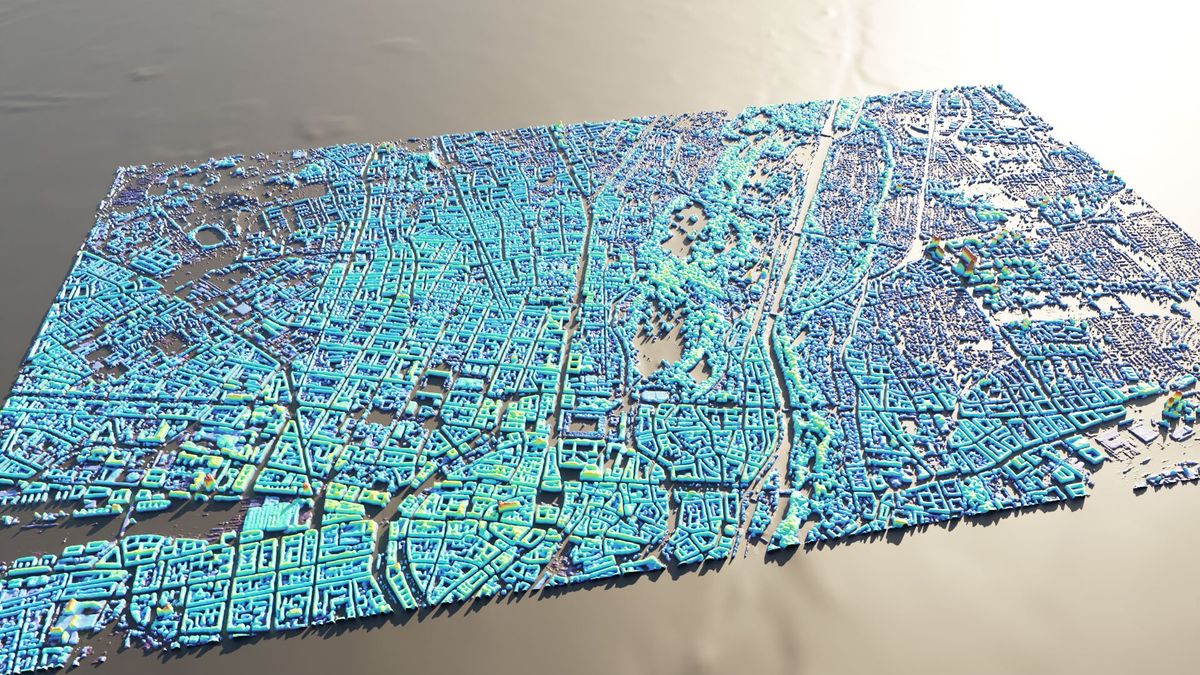In the hours after a major disaster, these maps could save lives
04 APR 2024
3 MIN READ

3D maps created from synthetic aperture radar images could assist relief efforts soon after major disasters.
UNIVERSITY OF THE BUNDESWEHR MUNICH
DISASTER RESPONSE SYNTHETIC APERTURE RADAR ARTIFICIAL INTELLIGENCE COMPUTER VISION SATELLITE IMAGING